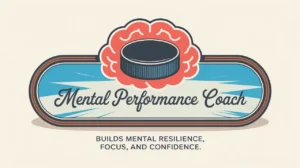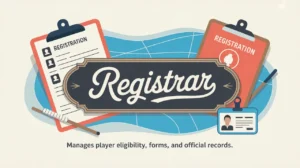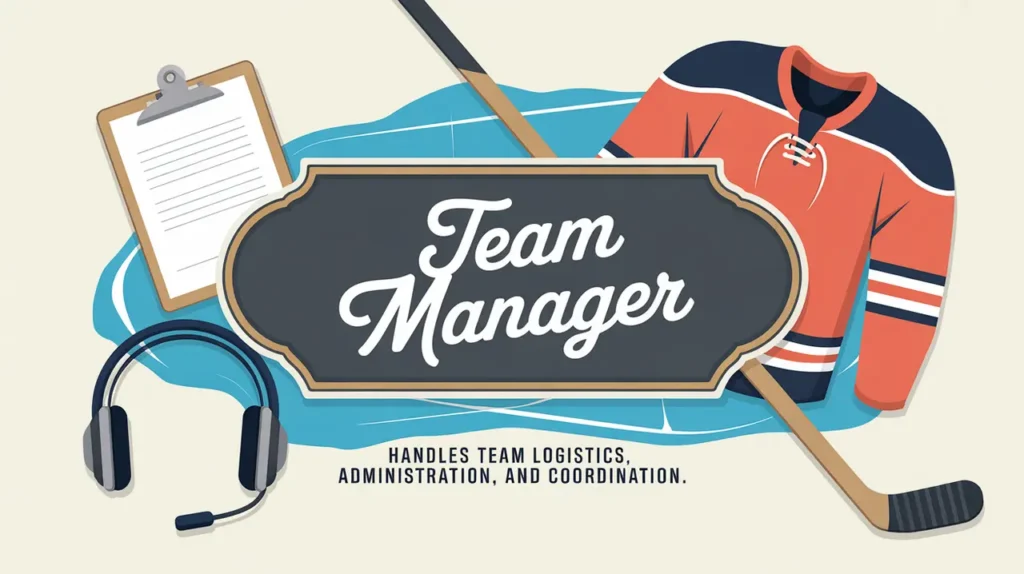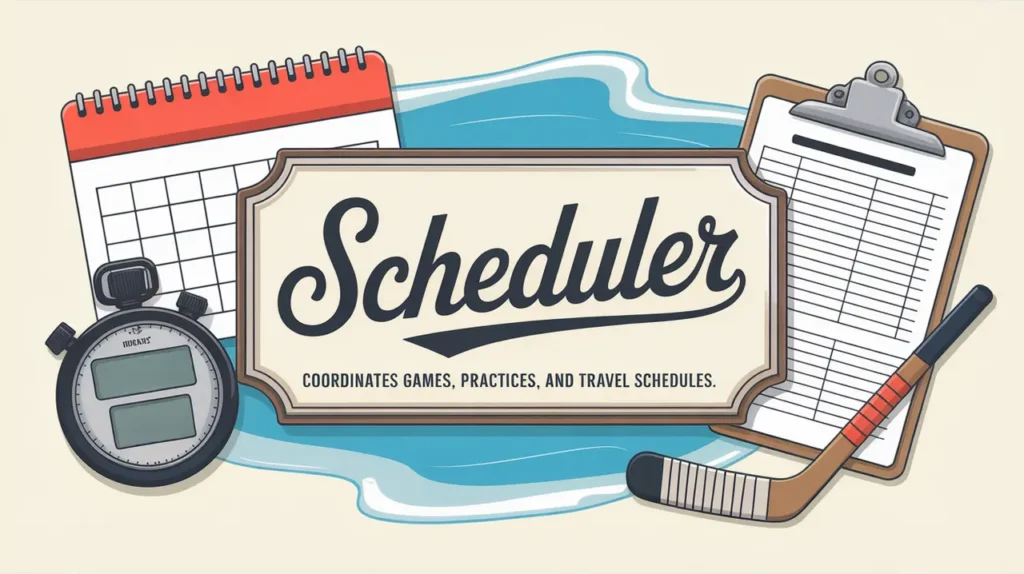Jim’s Intro to the Medical Doctor
Hi folks, Jim here, the only commentator who once tried to diagnose a bruise on air and quickly called it a “lower leg ouchy.”
What is a medical doctor?
A team medical doctor is a licensed physician responsible for overseeing the medical care, diagnosis, and treatment of players, often focusing on injuries, illness, and long-term health.
They work closely with athletic trainers, physiotherapists, and other staff to ensure accurate diagnoses, guide recovery, and manage return-to-play decisions. Their role is critical when injuries require more than on-the-spot care.
How does it work?
The medical doctor supports the team through evaluation, treatment, and oversight:
Injury Assessment and Diagnosis
- Doctors evaluate injuries to determine severity, often using physical exams, imaging, and medical history.
- They provide clear diagnoses and treatment plans, ensuring no guesswork in recovery timelines.
Medical Treatment and Referrals
- They prescribe medications, perform procedures, or refer players to specialists when needed.
- This includes everything from setting broken bones to managing concussions.
Return-to-Play Decisions
- The doctor plays a central role in deciding when players are medically cleared to return, prioritizing health and safety over competitive pressure.
Illness and Preventive Care
- Beyond injuries, doctors manage illnesses, monitor vaccinations, and oversee preventive health measures to keep players in top condition throughout the season.
Emergency Response
- At games or practices, medical doctors are often on call for serious incidents, such as concussions, fractures, or medical emergencies requiring immediate attention.
Common Situations Involving Medical Doctors
- Concussion Evaluation: Ensuring proper protocols are followed.
- Fracture or Serious Injury: Providing immediate and ongoing medical care.
- Infectious Illness Management: Preventing team-wide spread.
- Return-to-Play Clearance: Determining when recovery is complete.
- Long-Term Health Issues: Monitoring chronic conditions or recurring injuries.
How do you make good decisions with it?
Effective medical care relies on trust, evidence, and clear communication.
- Prioritize Health Over Urgency: Rushing players back can cause long-term harm.
- Follow Protocols: Especially with concussions and serious injuries.
- Collaborate Across Staff: Doctors, trainers, and coaches must work as one team.
- Communicate Clearly with Players and Families: Transparency builds confidence in decisions.
- Respect Medical Judgment: It’s not a debate when it comes to player safety.
How do you master it?
Mastering the medical doctor role in hockey requires clinical expertise, sport-specific knowledge, and composure under pressure. The best doctors understand the unique physical demands of the game and navigate the balance between competition and health with precision.
What does it look like when done right?
A great medical doctor ensures players receive accurate diagnoses, safe treatment, and confident return-to-play guidance. Serious issues are handled swiftly, trivial issues don’t escalate, and trust between players and medical staff remains strong.
Commentator’s Corner
Jim’s Take
The doctor is like the team’s safety net. When players fall, they’re the ones making sure they land on solid ground.
Parent Tip
Respect the doctor’s expertise, especially with injuries that aren’t always visible. Long-term health should always come first.
Player Tip
Be honest during evaluations. Downplaying pain might get you on the ice faster, but it could cost you far more down the line.
A Final Thought
The medical doctor is the ultimate authority on player health, blending clinical skill, clear judgment, and steady leadership to keep athletes safe. When mastered, the role combines medical excellence, trust, and decisive care, ensuring the game is played with both intensity and responsibility.









